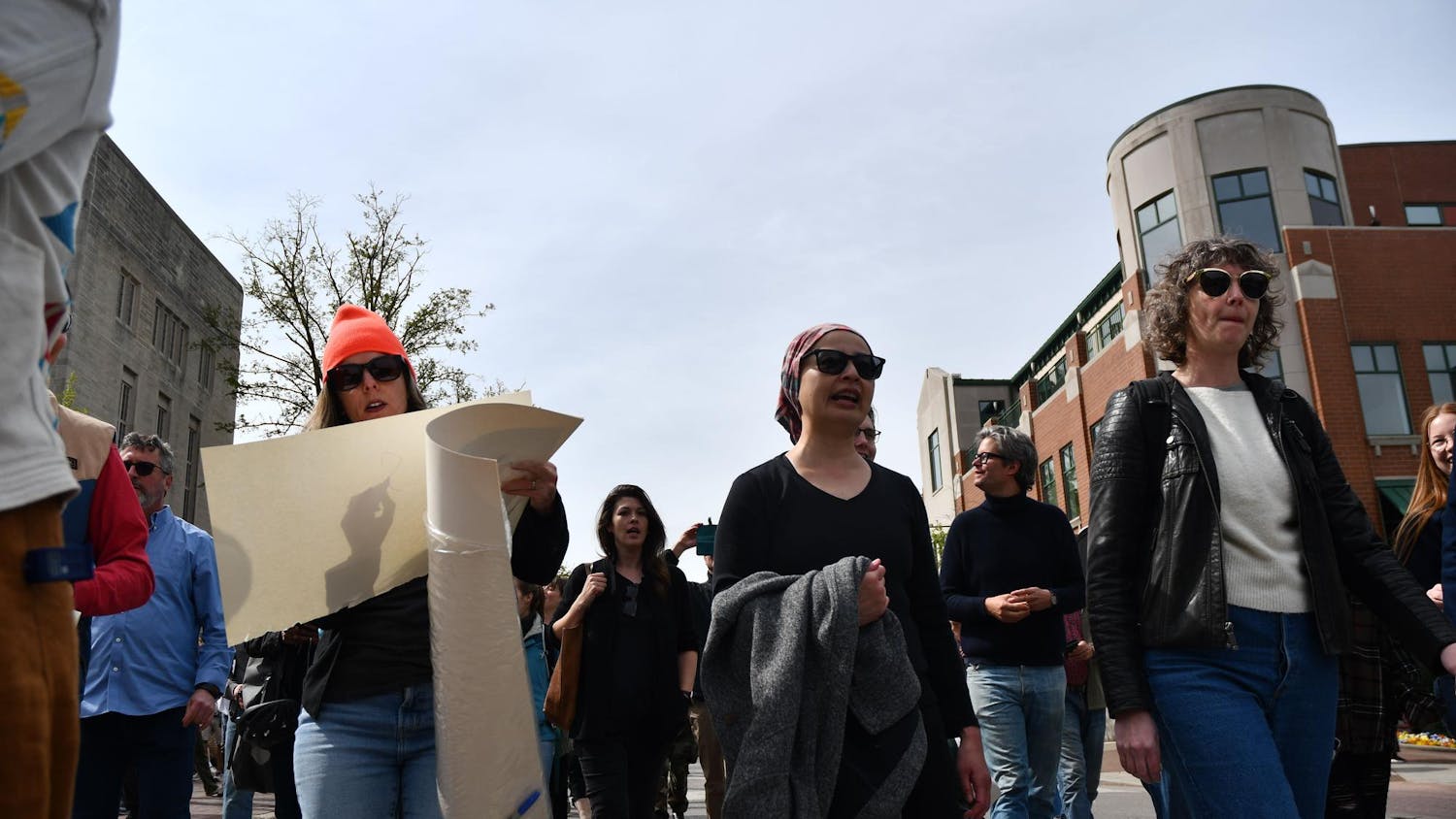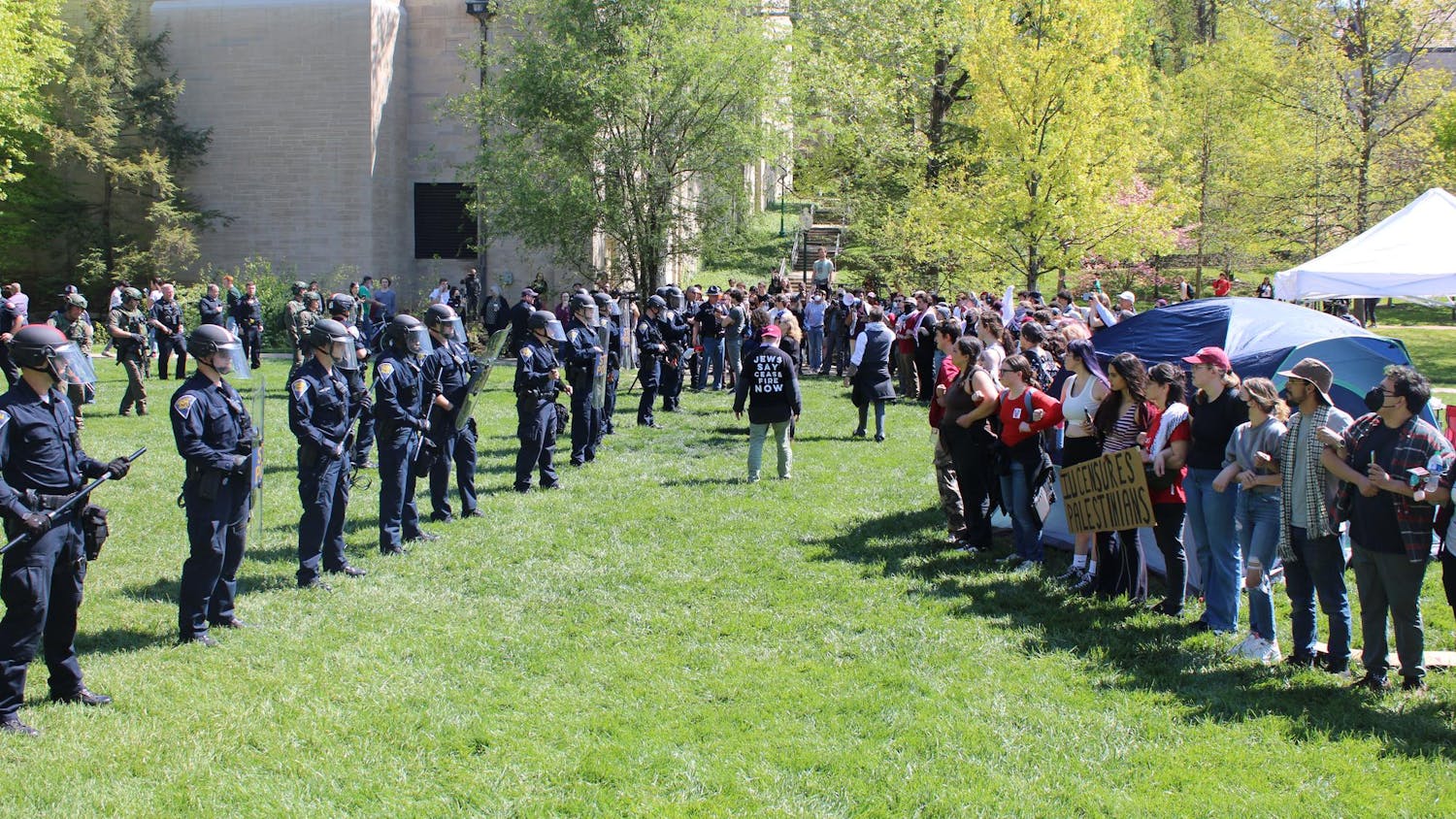Several IU researchers have been speaking throughout the conference, according to a press release.
A doctoral student in the IU Department of Sociology found that the measurement of how “in love” a couple appears is interpreted differently based on the couple’s sexual orientation.
Long Doan and colleagues Annalise Loehr and Lisa Miller, all doctoral students in the Department of Sociology, developed a study in which participants were asked to read the same story about a romantic couple. The names of the characters were randomly changed to denote whether the couples were of the same sex.
“If you ask what someone thinks of a same-sex couple or what they think of a straight couple, they usually have different images in mind,” Doan said in the release. “By taking away those preconceived differences in relationships, we can pinpoint that the differences in perception are due to sexual orientation alone, instead of other factors that complicate the picture like presumed marital status of same-sex and straight couples.”
They found that people seem to have a hierarchy of loving relationships with heterosexual couples at the top, followed by lesbian couples and gay male couples.
“There’s a lot of focus on portraying gay couples as just as loving as straight couples,” Doan said in the release. “This should be an effective approach because it seems that people are swayed by the notion of love.”
Another IU doctoral student presented his work on “white flight” in suburban neighborhoods — a notion previously thought of as residents moving from poor urban neighborhoods to the suburbs.
The study conducted by Samuel Kye, a doctoral student in the Department of Sociology, found that white flight continues as white residents move away from the “ethnoburbs,” suburban neighborhoods with a growing number of middle-class minorities.
“The sheer force of immigration and suburbanization has resulted in the unmistakable rise of middle-class yet ethnic suburban communities,” he said in the release.
His findings showed that in suburbs with growing numbers of ethnic populations, levels of white flight were significantly higher than in urban neighborhoods.
However, rates of suburban segregation for most minority groups, excluding African American neighborhoods, are declining.
“This is alarming because although black-white segregation has generally declined over the past 30 to 40 years, blacks still remain the most highly segregated minority group in the U.S. today,” Kye said in the release. “The fact that levels of segregation for blacks continue to grow even in their middle-class communities raises concern about the decline of black/white segregation into the future, especially as America continues to suburbanize and ethnoburbs proliferate in number.”
Kathrine Schulze



